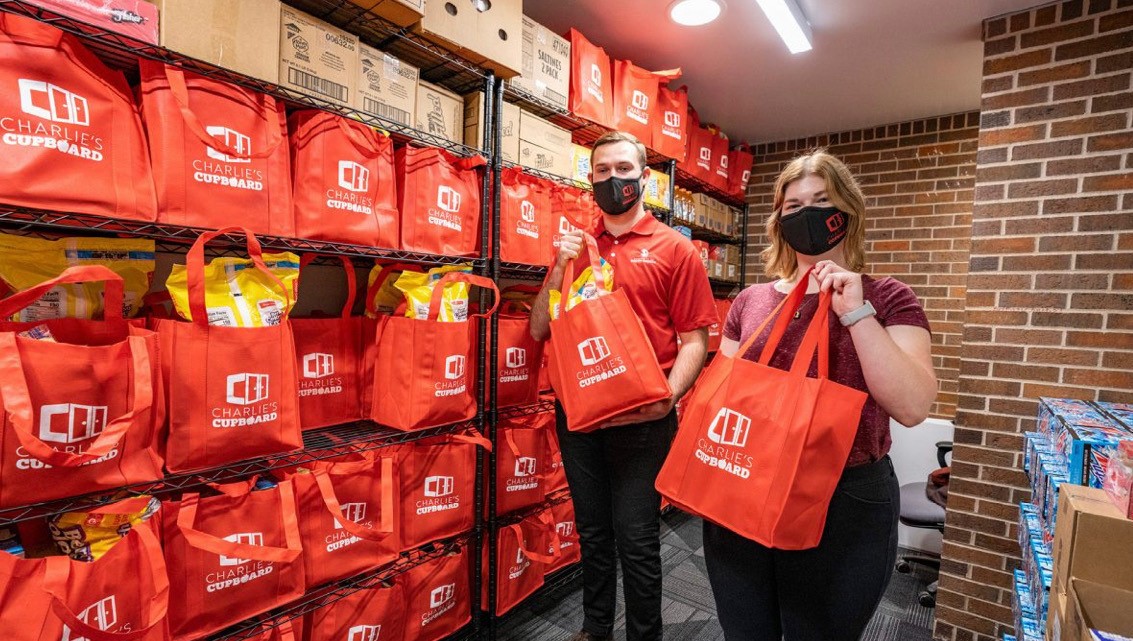
Editorial: Students need to eat too
All too often you hear about how college students have a diet of ramen noodles and mac and cheese, or they have one solid meal a day. College students often aren’t eating three meals a day because they can’t afford it. Instead of talking about this issue, it is joked about.
The reason many college students don’t eat three meals a day is simply that they can’t afford it. If you live on campus odds are you have a meal plan, but that doesn’t cover three meals a day for the entire semester.
Students use their flex dollars and meal ‘swipes’ to try and eat three meals a day, but often time run out before the end of the semester because the meal plans are not large enough.
The Yote Pack 70, the default meal plan, costs $1,876 a semester and gives students 70 meal ‘swipes’ and $1,087 in flex to spend at any on-campus restaurant. Those 70 meals are not enough for a meal a day during the semester and the average on-campus meal costs seven or more dollars.
With that being said most first and second-year students can get by buying minimal groceries and living off their food plans, but what happens when they move off-campus?
Students can still get meal plans as upperclassmen, but that adds to the tuition they owe and requires more student loans, therefore many students avoid that option. Instead, students are forced to buy their own groceries.
Between rent, utilities, tuition and gas, off-campus students are already stretched pretty thin money-wise, even with jobs. What option do they have but to buy cheap, low nutrition foods?
Buying a 12 pack of ramen noodles for three dollars is a very cheap option to have 12 meals, but there is not a lot of nutritional value in those meals. Students have to find creative ways to make their money last while still getting proper nutrition to be healthy and productive.
Students are often not aware of places to get food for those on a low income or feel as though they are not qualified to get meals from these places.
USD open Charlie’s Cupboard last week. Charlie’s Cupboard is meant to provide food for students in need. They are currently offering free prepacked meals to students in need, with the goal of opening it up to give students the ability to ‘shop’ for the products they need but can’t afford to go buy from the store once COVID-19 has subsided.
There needs to be more attention brought to the issue of food scarcity among college students. Just because 18-22-year-old college students are considered in their peak for physical condition, doesn’t mean they can live without three meals a day or proper nutritional foods in their diets and still be living a healthy lifestyle.
Many students need places like Charlie’s Cupboard or other food pantries to provide for them, and that is acceptable. Paying for rent, gas, utilities, loans and toiletries in minimum wage part-time jobs is hard enough. Students need a way to take care of their bodies too.
